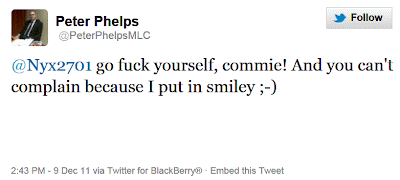In Europe researchers found that every class of plastics was contaminated. Overall, the team measured levels of cadmium close to or slightly above the levels set by the directive, but mercury well below the target levels. Lead in some places was very high, occurring at up to 7800 ppm…..
Recycling programs in Europe take in items including refrigerators, computers, cell phones, toys, and medical devices.
The wide variety of incoming plastics, as seen in the photo above, can be difficult to sort. In some of the more advanced recycling plants, mechanical shredding gets the plastics down to fingernail-size pieces, which must then be sorted by weight or optical methods to pinpoint the plastic type…..
Recycling contaminated plastics means that hazardous substances will never completely disappear from the market.
“We spread contaminants into a variety of products,” says Martin Schlummer of Fraunhofer Institute for Process Engineering and Packaging in Freising, Germany. Schlummer works on methods to separate plastics and extract flame retardants. To get rid of contaminants, he says, “you should sort such plastics from e-waste and treat them separately.”
Australians are among the highest users of new technology in the world. Waste from obsolete electronic goods, or “e-waste”, is one of the fastest growing waste types.
In practical terms e-waste includes items such as televisions, DVD & video players, stereos, power tools, desktop computers and laptops, computer keyboards, scanners, printers, fax machines, mobile phones and PDAs, kitchen appliances, and ink & toner cartridges – from which plastic is often extracted for recycling.
Such e-waste can have components containing lead, antimony, mercury, phosphors, beryllium, brominated flame retardants (BFRs), phthalates, cadmium or arsenic.
Although many recycling facilities operating in Australia routinely separate e-waste from other sorts of waste**, one has to wonder if there is any ability to ensure that no contaminants have been absorbed into the plastic being extracted. Given that items containing plastic only appear to be manually sorted for visible gross contaminants, before being mechanically processed and separated into plastic/non-plastic material which had been reduced to tiny segments along the processing chain.
The entire question is complicated by the fact that Information about the disposal and recycling of waste materials and products is variable in scope and quality with some jurisdictions not collecting data and others having different waste categories according to the National Waste Report 2010.
** Veolia Environmental Services Australia states:
Sims Recycling Solutions states that it:












